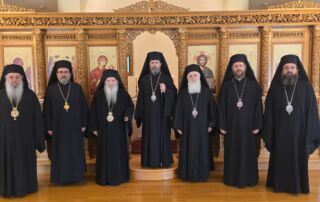Social Initiaves.
Social and Relief Efforts “Society of Love" Charity Kitchens The “Society of Love” Charity Kitchens provide a very valuable contribution to many poor people in Albanian society. The Orthodox Autocephalous Church of Albania helps many people in need in Tirana, Korça, Berat and Gjirokastra with food. Today these activities are taking place even more often because these centers are intended not only to help
